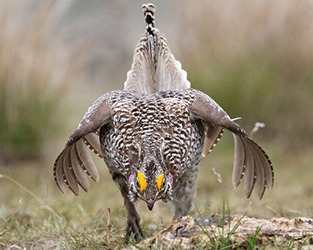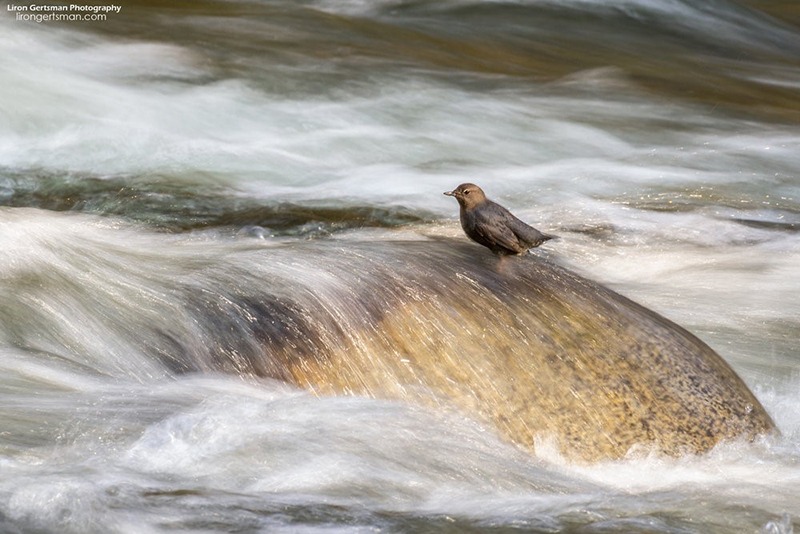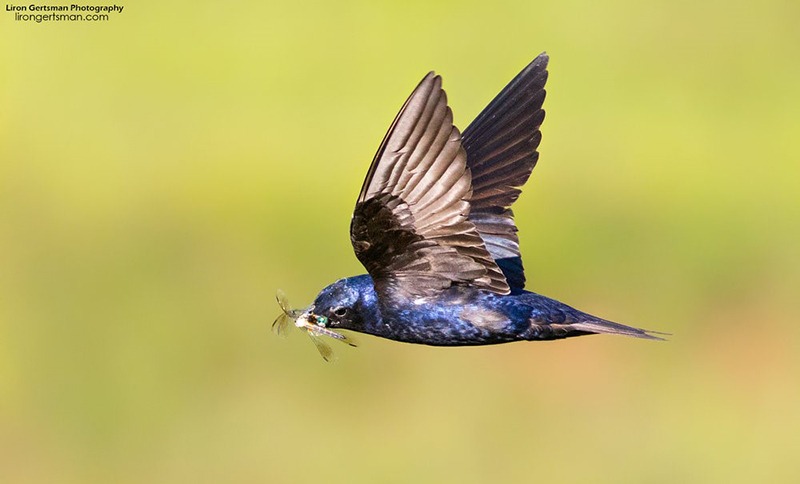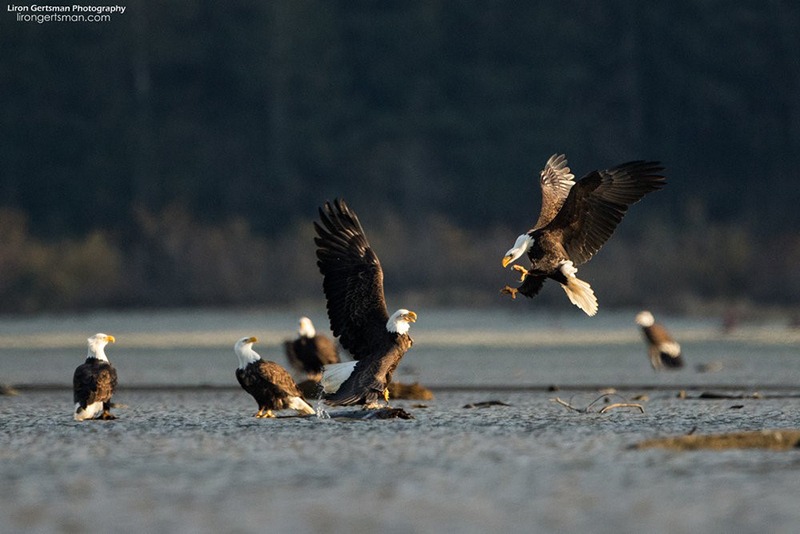By Liron Gertsman, Nature Photographer

Sharp-tailed Grouse Photo: Liron Gertsman
Birds are fascinating. Their complex behaviours and importance to the ecosystems of the world is something that awes me every single day. As a bird photographer, I do my best to capture the awe that I feel, and translate it into imagery that will showcase the birds in our world. I hope that my images will create a love for birds and the desire to protect them and their habitats.
These days, it is easier than ever for everyone to do the same. By capturing our feathered friends on camera and sharing these images online, we can showcase just how incredible birds are. However, as ambassadors for the birds, it’s our responsibility to do this in a way that benefits the birds. The ethical approach to bird photography is not only best for them, but it more often than not can lead to better photographs. Here are some tips to improve your photos and help lighten our impact on the birds.
Get to know your subjects: learn about bird behaviour
A key element to taking good bird photos is understanding bird behaviour. This is important for a couple of reasons. First, being able to predict and read bird behaviour increases your chances of capturing a special moment. For example, waterbirds will almost always flap their wings after bathing, and knowing this can help you get an interesting shot. Understanding bird behaviour can also help you assess your impact on a bird. Depending on the bird species, certain changes in the bird’s posture or behaviour (for example, moving away, keeping a consistent eye on you, crouching down, or standing alert and upright) are often an indication that you may be too close. The best way to learn how to pick up on these cues is simply to be a birder. As you spend time observing birds, you’ll begin to notice telltale patterns of bird behaviour.
Composition: closer isn’t always better
One of my favourite things about birding and bird photography are the locations to which my passion takes me. Bird habitat is not only often beautiful, but it’s necessary for their survival, and the survival of a multitude of other species. By including habitat in your photo, you can tell more of a story with your imagery. You also won’t have to approach as close – and risk disturbing birds – to get a great shot. When you do want to get closer, use techniques such as photo blinds, observing behaviour to predict movement, and staying low to the ground (obscuring the human silhouette) to help minimize your impact.

American Dipper Photo: Liron Gertsman
Use your photos for good
As bird photographers, we are ambassadors for the birds. We have a unique opportunity – and responsibility, I believe, – to use our photos to promote bird conservation. Photos are powerful storytelling devices that can educate the public on the need for conservation. As you share your photos online, consider starting conversations about the issues that birds face and suggesting potential solutions that could help solve these problems.
General protocol
When it comes to photographing birds ethically, there are general guidelines in place. It’s important to follow these guidelines to minimize our impact on the birds. A fantastic set of bird photography guidelines is outlined by the National Audubon Society, and is available here: https://www.audubon.org/get-outside/audubons-guide-ethical-bird-photography#
Some key points are:
- Maintain a distance from birds that allows them to behave naturally.
- Obey all laws and restrictions in place at public and private spaces.
- Consider the potential negative impacts before sharing locations of sensitive and vulnerable species.
- Use heightened caution when in the vicinity of nesting birds to avoid causing disturbance. Nesting birds may abandon their nest or young if disturbed, and attention to nests could lead predators to the location.
- Make educated decisions about luring birds in closer for photos. Use playback sparingly, if at all, and avoid using it during nesting season. Ensure any feeding stations are positioned safely, and are kept clean. Do not bait carnivorous species such as raptors, as this can change their behaviour in ways that put them at risk.
- When posting photos online, be thoughtful about your captions.

Purple Martin Photo: Liron Gertsman
Conclusion
The ethical approach to bird photography is important to ensure that we don’t have a negative impact on the birds that we love. This approach not only prioritizes the well-being of birds, but it more often than not can result in better bird photos. From experienced bird photographers to those who are just starting out, we all have the opportunity to have a positive impact on our subjects by promoting their conservation.
Thank you to Liron Gertsman for contributing to the Birds Canada blog! Liron lives in Vancouver, BC, where he’s currently a second year Biology student at UBC. He is a graduate of the Young Ornithologists’ Workshop run by Birds Canada and Long Point Bird Observatory. Liron’s work has been experienced by millions in some of the largest museums across the world, including the Natural History Museum in London and the Smithsonian in Washington D.C. You can see more of Liron’s work at lirongertsman.com and on Instagram @liron_gertsman_photography.

Bald Eagles Photo: Liron Gertsman
